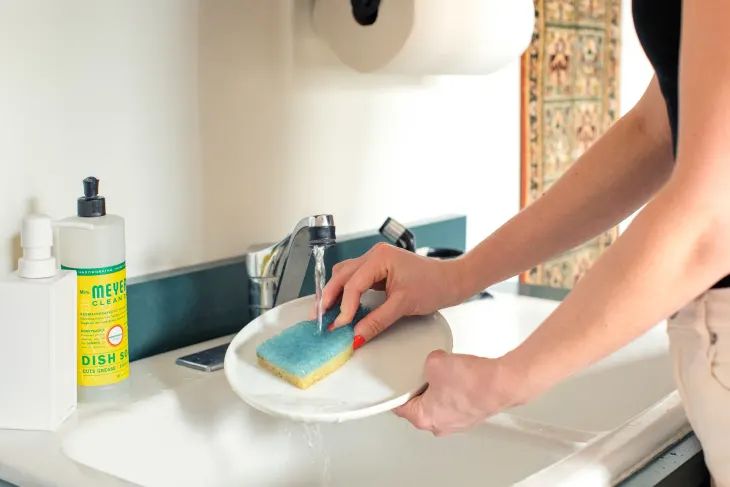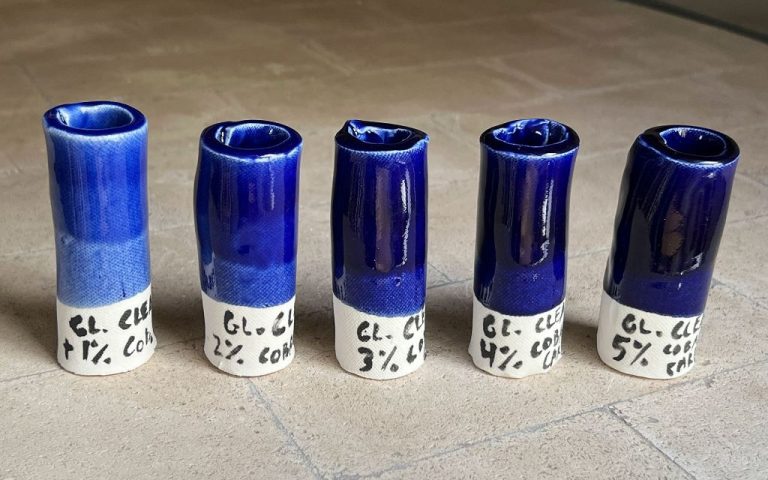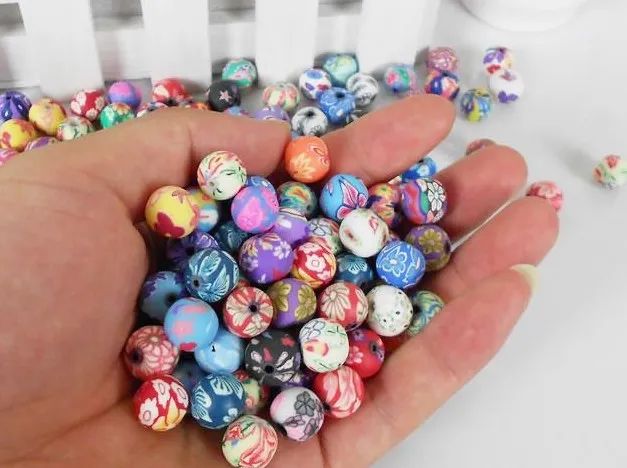Should You Leave The Sponge In The Sink?
That moist, sudsy kitchen sponge likely harbors more germs than you might imagine. Yet, with some proper care and cleaning, this humble scrubber can be a sanitary way to tackle dirty dishes. While sponges have some hygiene disadvantages, their versatility and cleaning power still make them a staple in most kitchens.
This article will delve into the pros and cons of leaving sponges in the sink, proper sponge hygiene, alternatives for the germaphobe, and tips to extend your sponge’s life and effectiveness. With some diligence, your sponge can be an asset rather than a bacterial liability.
Pros of Leaving Sponge in Sink
One potential advantage of leaving the sponge in the sink is convenience. Having the sponge readily available in the sink means it is always there when you need it to wipe down counters or scrub dishes. This avoids having to fetch the sponge from another location before cleaning. According to a discussion on Quora, some find it more convenient to leave the sponge in the sink rather than putting it elsewhere to dry (https://www.quora.com/People-who-leave-the-sponge-in-the-sink-rather-than-put-it-somewhere-outside-the-sink-to-dry-after-washing-dishes-what-makes-you-think-this-is-the-best-choice-in-the-grand-scheme-of-sinks-dishes-and-sponges). The sponge is right there when it’s time to wash the next round of dishes or give the sink a quick wipe down. This can save time and effort versus retrieving the sponge from a drawer or holder each time it’s needed.
Cons of Leaving Sponge in Sink
One of the biggest cons of leaving a sponge in the sink is that it can become a breeding ground for harmful bacteria. Kitchen sinks provide a warm, moist environment that allows bacteria like salmonella, E. coli, and listeria to thrive on the sponge (https://www.usatoday.com/story/news/2019/04/30/sponges-left-sinks-become-fecal-germ-bombs-science-says/3618207002/). Studies have shown that sponges left in the sink can contain up to 10 million bacteria per square inch.
The dampness of the sink prevents the sponge from fully drying out between uses. Without drying out completely, bacteria and mold can rapidly multiply on the sponge’s porous surface. A sponge left in the sink provides the perfect humid environment for these germs to thrive.
Using a bacteria-laden sponge can cross-contaminate surfaces and spread illness-causing pathogens around your kitchen. Salmonella and E. coli can survive on damp sponges for up to 48 hours.
Research recommends replacing kitchen sponges every 1-2 weeks or microwaving them between uses to kill bacteria. However, even microwaved sponges can regain high bacteria counts within a day (https://www.southernliving.com/food/kitchen-assistant/dirty-kitchen-sponge-alternative). Leaving sponges saturated in the sink dramatically accelerates bacterial growth.
The longer a sponge remains damp in the sink, the more likely it is to become a health hazard from the billions of bacteria living on its surface. Allowing sponges to dry between uses inhibits bacteria growth.
Proper Sponge Care

Keeping your kitchen sponge clean is crucial for food safety and preventing the spread of bacteria. Sponges are moist, porous environments that can easily harbor salmonella, E. coli, and other dangerous germs. Luckily, it’s easy to regularly disinfect your sponge.
The most effective cleaning method involves bleach. Make a disinfecting solution by mixing 3/4 cup bleach per gallon of water. Submerge the sponge and soak for 5 minutes before rinsing thoroughly. Bleach will kill 99% of bacteria.
For a non-toxic approach, soak the sponge for 5-7 minutes in undiluted white vinegar. Vinegar’s acetic acid is a natural disinfectant. Afterward, rinse and squeeze out excess liquid.
You can also microwave a wet sponge for 1-2 minutes until steaming hot. This heat treatment kills germs. Let it cool before removing. However, microwaving may not eliminate all bacteria.
Ideally, deep clean sponges at least once weekly. Signs it’s time for a disinfecting session include sliminess, smelliness, and visible gunk. With regular care, sponges can last about 2 weeks before needing replacement.
Alternatives to Kitchen Sponges
There are several eco-friendly alternatives to traditional kitchen sponges that can help keep your dishes clean without harboring as much bacteria.
Dishcloths made of cotton, bamboo, or other natural materials can replace regular sponges for wiping down surfaces. They are machine washable and dry quickly, allowing you to easily clean them regularly (source). Look for options made of organic cotton or bamboo for a durable, absorbent cloth.
Paper towels are another alternative for wiping kitchen surfaces. While not as reusable, they can be composted after use. Use paper towels for quick cleanups and discard after each use to avoid transferring germs (source).
For scrubbing tough stuck-on messes, a scrub brush with natural bristles is an effective sponge substitute. Look for brushes made of bamboo, coconut fibers, or other compostable materials. The stiff bristles can help scrub dishes or pans while being easy to clean and quick-drying.
Storing Sponges
Proper storage is key to extending the life of your kitchen sponge and preventing bacterial growth. Here are some best practices for drying and storing sponges:
Allow the sponge to completely air dry between uses. Bacteria thrives in moist environments. Letting the sponge dry out helps kill bacteria (source).
Use a sponge holder or drying rack. These provide ventilation to dry the sponge. Options include wire racks, ceramic holders with ventilation slits, or DIY solutions like a binder clip (source).
Replace dish sponges weekly. Sponges are porous and trap bacteria easily, even with proper drying. Weekly replacement is recommended for kitchen sanitation (source).
Microwave or boil sponges to disinfect. Heating the sponge up can kill bacteria accumulated on it. Take care not to burn or damage the sponge when doing this.
Use a sponge sanitizer. Products like sanitizing bags, bleach solutions, or hydrogen peroxide can disinfect sponges between replacements.
Never store wet sponges in closed containers or drawers. This creates a damp environment for bacteria to multiply rapidly.
Signs Your Sponge Needs Replacing
There are a few clear signs that indicate it’s time to toss out an old sponge and replace it with a fresh one:
Smell: A musty or sour smell coming from your sponge means bacteria has built up inside it over time. This bacteria can transfer to dishes, utensils, and countertops, potentially causing illness. It’s best to regularly sniff your sponge and be on alert for any foul odors.
Tears: Sponges tend to deteriorate with regular use, developing small tears and holes. These damaged spots provide additional places for bacteria to hide and grow. Once a sponge starts deteriorating, it’s time to replace it.
Change in color: Pay attention to any changes in your sponge’s color, especially if parts of it appear darker or discolored. This can indicate mold growth. A lighter overall color can signal that your sponge has become faded and worn out through repeated use and cleaning.
Following these simple visual and smell checks will help you determine when it’s time to say goodbye to an old sponge and upgrade to a fresh one.
Best Sponge Materials
When it comes to the best materials for kitchen sponges, there are two main options: cellulose and synthetic materials.
Cellulose sponges are made from natural materials like wood pulp or plant fibers. According to the reviewed.usatoday.com article titled The Best Dish Sponges of 2024, cellulose sponges are very absorbent but tend to fall apart faster. They are compostable and more eco-friendly compared to synthetic options.
Synthetic sponges are usually made from polyurethane foam or other plastic materials. As noted in the USA Today article, synthetic sponges are more durable and can last longer through heavy scrubbing. However, they are less environmentally friendly as they do not biodegrade. Common synthetic sponge brands include Scotch-Brite and Mr. Clean Magic Eraser.
Ultimately the choice between natural cellulose or synthetic sponge materials comes down to personal preference, cleaning needs, and environmental impact. Cellulose sponges may need to be replaced more often but are better for the environment. Synthetic sponges tend to be more heavy duty.
Other Sponge Uses
While most people use sponges primarily for washing dishes and cleaning countertops in the kitchen, these versatile items have many other handy uses around the home and beyond the kitchen sink. Some creative ways to use sponges include:
In the garden – Sponges can help sprout seeds by keeping them moist during germination. Simply wet a sponge, place seeds in the holes or folds, and set it on a tray until sprouts emerge. Sponges under flower pots also regulate moisture and prevent overflow.
For pets – Gently rub sponges on carpets and upholstery to lift pet hair. Use dampened sponges as makeshift grooming tools for bathing cats and dogs.
For cleaning – Sponges work great for wiping down car exteriors, polishing leather shoes, cleaning windows and mirrors, scrubbing bathroom tiles, and absorbing spills on furniture. Cut into pieces, they can scrub hard-to-reach areas.
As craft supplies – Sponges can apply paints and glues evenly. Use them as stamps for craft projects or cut into shapes and letters. Place them under vases and candles to protect surfaces.
For minor repairs – Plug small holes in drywall or wood with pieces of sponge before patching. Prevent doors and windows from slamming using sponge pads as stoppers.
In the workshop – Sponges help clean and polish tools. Wipe down workbenches. Apply finishes and conditioners to wood and leather.
Conclusion
In summary, leaving a sponge in the sink has both pros and cons. The main advantage is convenience – having it readily available saves time when washing dishes. However, leaving a damp sponge promotes bacterial growth. To balance convenience and hygiene, the best practice is to thoroughly wring out the sponge and place it on a clean dish drying rack or in a well-ventilated holder after use.
To maximize sponge lifespan, replace it frequently and consider alternate materials like silicone or copper-infused sponges which resist odors and germs. With proper care and storage, your humble kitchen sponge can continue to be a sanitary, sustainable cleaning tool.
The bottom line is taking a few moments to properly clean and stow your sponge after washing dishes will go a long way towards maintaining good hygiene while avoiding waste and environmental impacts from frequent sponge replacement.





